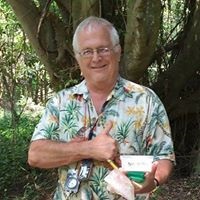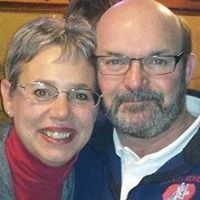What is a plasmid?
A plasmid is a DNA molecule that is separate from the chromosomal DNA and that can replicate (copy itself) independently.
The term plasmid was first introduced by the American molecular biologist Joshua Lederberg in 1952.
Plasmids are double stranded and, in many cases, circular. Plasmids usually occur naturally in bacteria, but are sometimes found in eukaryotic organisms (e.g., the 2-micrometre-ring in Saccharomyces cerevisiae).
Plasmid size varies from 1 to over 1,000 kilobase pairs (kbp). The number of identical plasmids within a single cell can range from one to thousands. Plasmids are often associated with conjugation, a mechanism of horizontal gene transfer.
Plasmids are transferable genetic elements, or "replicons", capable of independent self copying in a suitable host. Plasmids can be found in all three major domains, Archaea, Bacteria and Eukarya. Similar to viruses, plasmids are not considered a form of "life" as it is currently defined. Unlike viruses, plasmids are "naked" DNA and do not encode genes necessary to encase the genetic material for transfer to a new host.
More Info:
en.wikipedia.org






